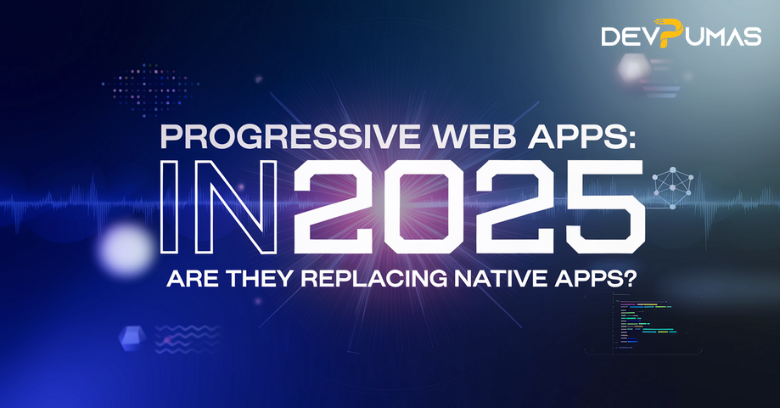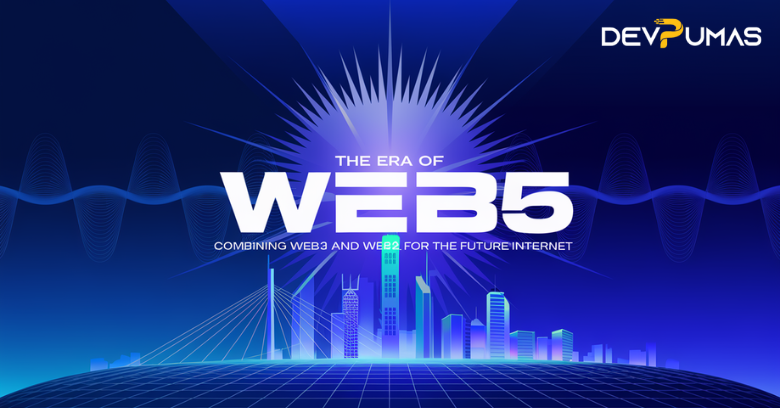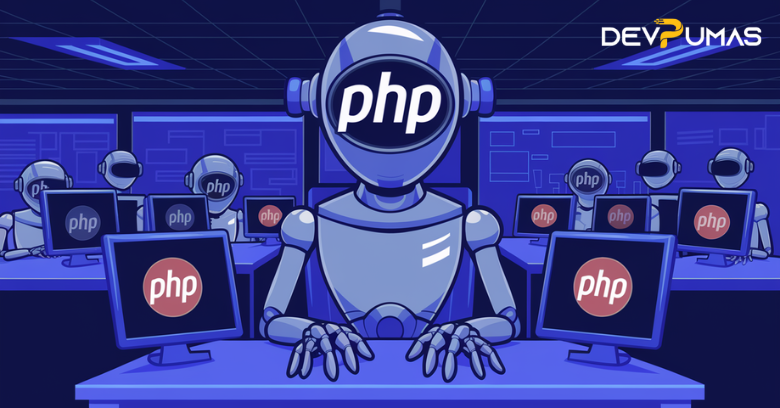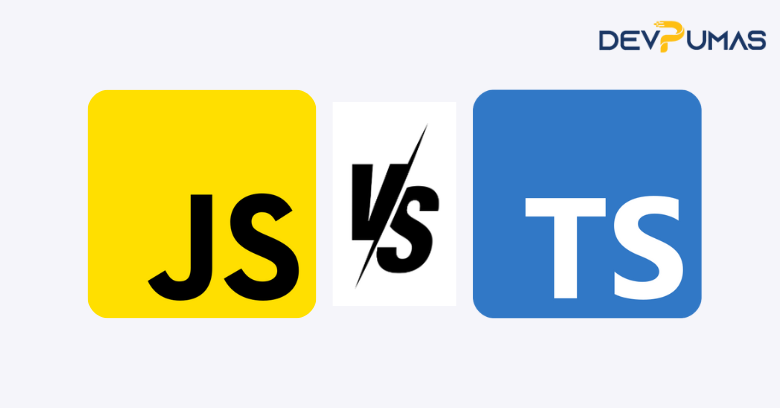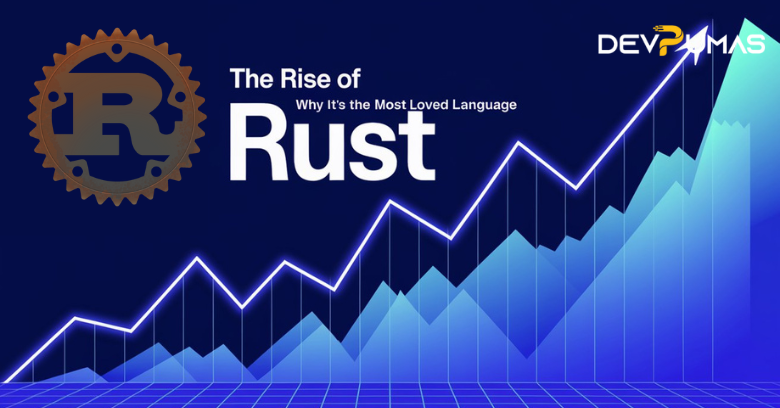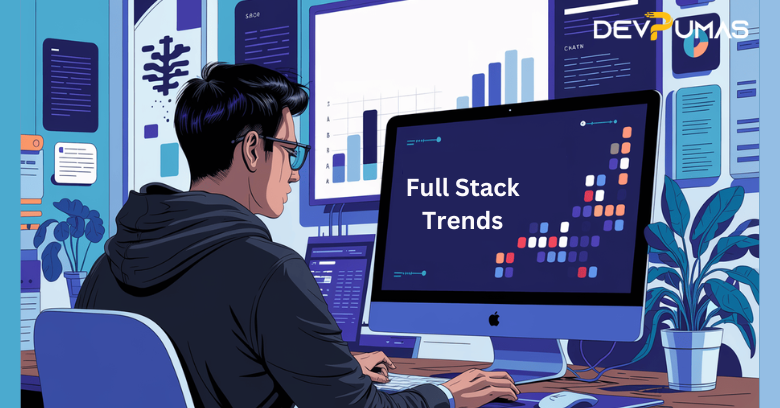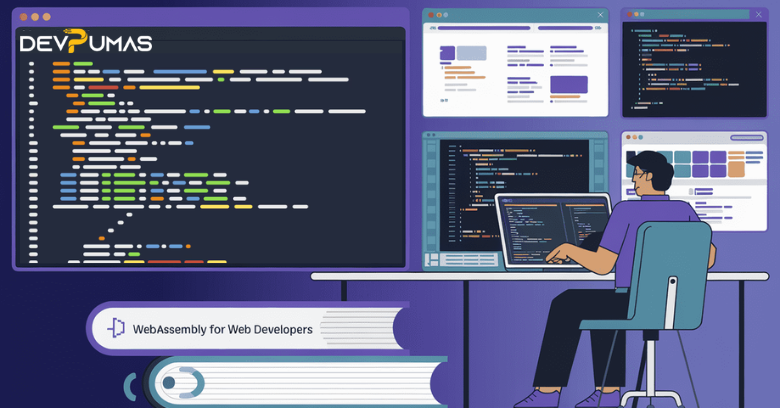The Most In-Demand Programming Languages to Learn in 2025
Introduction: Why Focus on Programming Languages to Learn in 2025 The tech industry evolves at lightning speed, and staying ahead requires mastering the right tools and technologies. For developers, choosing the right programming languages to learn in 2025 can make the difference between staying competitive or falling behind. With advancements in AI, cloud computing, and blockchain, certain languages are emerging as essential for cutting-edge applications. In 2025, the demand for specific programming languages will be driven by their versatility, performance, and suitability for real-world challenges. From Python and Rust to newcomers like Julia, this article explores the most in-demand programming languages shaping the future of software development. 1. Why Programming Language Trends Matter The choice of a programming language impacts your career prospects and the type of projects you can undertake. Developers must align their skills with industry demands as businesses adopt new technologies. Knowing the programming languages to learn in 2025 ensures you stay relevant in areas such as: Artificial Intelligence and Machine Learning Blockchain Development Data Analytics and Visualization Cloud-Native Applications 2. The Most In-Demand Programming Languages to Learn in 2025 Here’s a list of programming languages that are expected to dominate in 2025: Python: The AI and Data Science Champion Python’s versatility and simplicity make it one of the best programming languages to learn in 2025. With extensive libraries like TensorFlow and Pandas, Python is the go-to language for: Machine Learning Data Science Web Development Real-World Applications:Python powers platforms like YouTube, Instagram, and Google Search. Rust: The Performance and Safety Leader Rust is gaining traction for its focus on performance and memory safety, making it ideal for systems programming and high-performance applications. Key Use Cases: Operating systems Game engines WebAssembly Why Learn Rust in 2025:Its growing adoption in cloud computing and IoT underscores its importance in the future tech landscape. JavaScript: The Web Development Powerhouse JavaScript remains indispensable for web development. Coupled with frameworks like React, Angular, and Vue.js, it offers unmatched versatility. Trends in 2025:JavaScript will continue to dominate front-end and back-end development, particularly with tools like Node.js. Kotlin: The Future of Android Development Kotlin is now the preferred language for Android app development, offering better performance and fewer bugs than Java. What Sets Kotlin Apart:Its seamless integration with Java code makes it an excellent choice for modern Android applications. Go: Simplifying Cloud Development Go (or Golang) is widely used in cloud computing and microservices due to its simplicity and concurrency support. Applications of Go: Kubernetes and Docker are written in Go. Cloud-native applications and distributed systems. Julia: The Emerging Data Science Star Julia is designed for high-performance numerical computing, making it a rising star in scientific and statistical applications. Why Learn Julia:Its speed and simplicity make it an excellent alternative to Python for data-heavy projects. TypeScript: Supercharging JavaScript TypeScript enhances JavaScript by adding static typing, making it the preferred choice for large-scale web applications. Use Cases in 2025: Enterprise web applications Full-stack development with frameworks like Angular Swift: Redefining iOS Development Swift is Apple’s language for building apps across iOS, macOS, and watchOS. What Makes Swift Essential:Its simplicity and performance make it a must-learn for mobile developers targeting Apple’s ecosystem. SQL: The Foundation of Data Management Structured Query Language (SQL) is indispensable for managing and querying relational databases. Why SQL Remains Relevant:With the growth of big data and analytics, SQL skills are crucial for data science and database administration roles. C++: The High-Performance Veteran C++ continues to thrive in industries requiring low-level programming and real-time systems. Industries Using C++: Gaming (Unreal Engine) Finance (high-frequency trading algorithms) Embedded systems 3. Emerging Programming Languages In addition to the established languages, several emerging ones are making waves: Dart Popularized by Google’s Flutter framework, Dart is ideal for cross-platform mobile and web development. R While similar to Python, R specializes in statistical analysis and data visualization, making it a niche but powerful tool. Solidity As blockchain technology grows, Solidity remains essential for creating smart contracts on Ethereum and other platforms. 4. How to Choose the Right Programming Language When selecting programming languages to learn in 2025, consider the following: Career Goals If you aim to work in AI or data science, Python or Julia are excellent choices. Swift or Kotlin are indispensable for mobile development. Industry Trends Pay attention to industries adopting specific languages. For example, Rust is gaining traction in cloud computing, while Solidity is critical for blockchain. Community and Resources Languages with active communities and robust learning resources are easier to master and offer better support. 5. Future Trends in Programming Languages AI Integration Languages like Python and Julia will see increased use in AI and machine learning projects. Cross-Platform Development Dart and Kotlin Multiplatform will drive innovation in cross-platform app development. Sustainability and Efficiency Languages prioritizing performance and energy efficiency, like Rust and Go, will gain prominence in sustainable computing. WebAssembly Growth Rust and C++ will be integral to adopting WebAssembly for browser-based high-performance applications. Wrapping It Up: Mastering the right programming languages to learn in 2025 ensures you remain relevant in a competitive tech landscape. From Python’s dominance in AI to Rust’s rising popularity in performance-critical applications, each language offers unique opportunities. By aligning your learning path with industry trends and career goals, you can position yourself for success in an ever-evolving field. Whether you’re a beginner or an experienced developer, the future is rich with possibilities for those who invest in the right programming skills.
The Most In-Demand Programming Languages to Learn in 2025 Read More »


